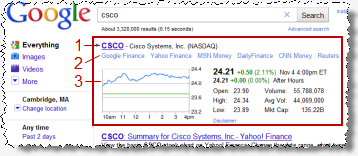 |
| The Star Walk app for the iPhone |
Some 300,000 apps are available for your iPhone. So you're going to spend a few minutes this afternoon deciding what you need?
Here are some
suggestions from Bob Tedeschi at The New York Times.
GOOGLE (FREE) You can find Google through your mobile browser, but the app is a major time-saver. The voice search function is seamless. Ask it for specific Wikipedia entries, for instance, and it complies. Or just say "Starbucks" and the app uses the phone’s GPS to find the nearest location. A recent update put the "Goggles" service within the app, so you can snap a photo and let Google search for information on that object. And given Google’s emphasis on mobile, the app will continue to improve.
EVERNOTE (FREE) The company advertises this as a personal digital assistant, and it’s an apt description. Evernote is a traveling notepad that synchronizes with desktop and browser software (also free). Use your iPhone to copy an image, take a photo, record a voice memo or jot down a note, and it appears on your computer (and vice versa). It also recognizes your written text, within limits. The free version stores a fair amount of information, but for $45 a year, you needn’t sweat the data limits.
STAR WALK ($3) Point your phone toward the heavens and this app identifies all you see — constellations, planets, individual stars — in brilliant clarity. If you pivot in another direction, the app follows. It’s an astonishing app that’s great to pull out during dinner parties, beach walks or sleepless nights in bed. You needn’t have a clear view of the sky to experience the starry night.
FIREFOX HOME (FREE) In the same vein as Evernote, Firefox Home is a way to synchronize your desktop and mobile lives. Once you load the app and register, Firefox Home will show your browsing history and bookmarks. If you’re reading an important document online when you leave the office, you can start the app later and pick up where you left off.
QUICKOFFICE MOBILE SUITE ($5) The next time someone e-mails you a Word, Excel or Powerpoint document, Quickoffice will open it and allow you to make quick edits from your iPhone. (Otherwise, you can open, but not edit, Microsoft Office files.) You can also create documents with the app, but it is far less useful for that purpose. Rather, Quickoffice offers a way to complete small work tasks easily while you are on the move.
REDLASER (FREE) It may not tell you if a clothing item makes you look fat, but otherwise RedLaser is a perfect shopping companion. Scan a bar code and it retrieves product information, including prices at online merchants and local stores (in case you are in the mood to haggle). Or follow a spouse or child around a store, scan what they like and you have an instant gift list. The app’s scans sometimes fail, but more often than not RedLaser works smoothly.
More at the
link.







